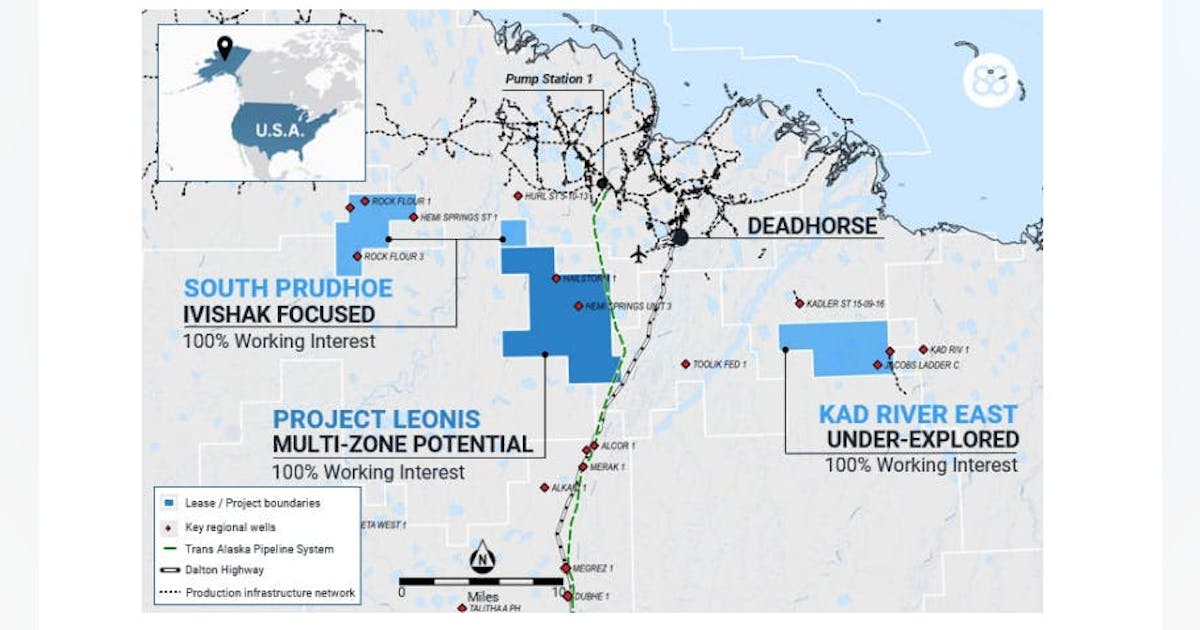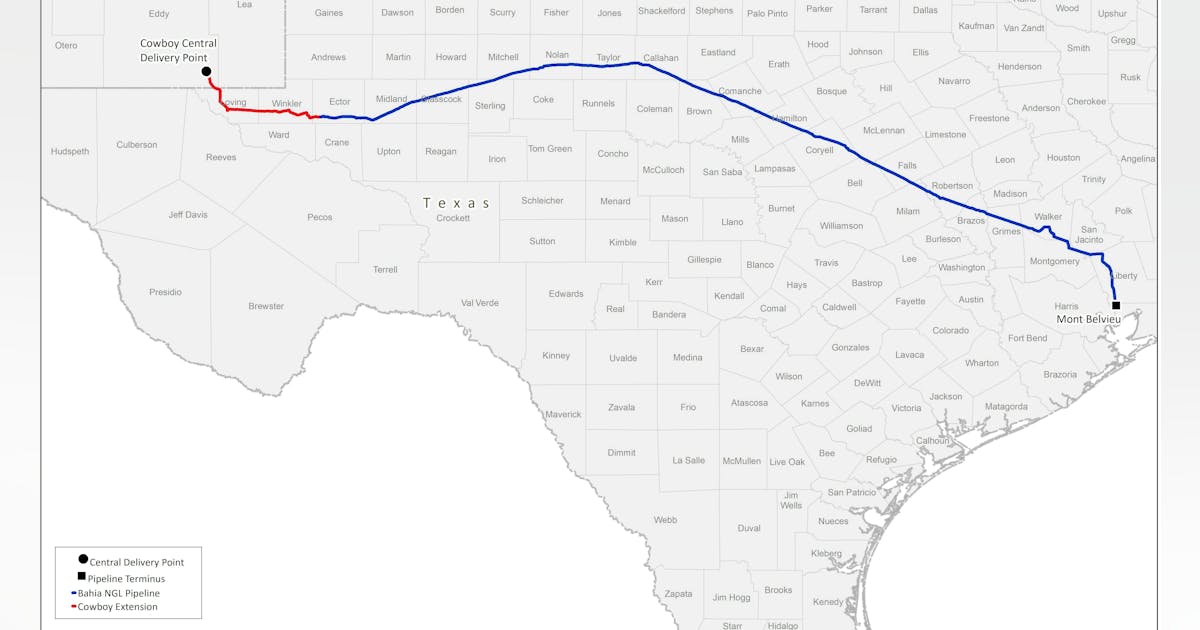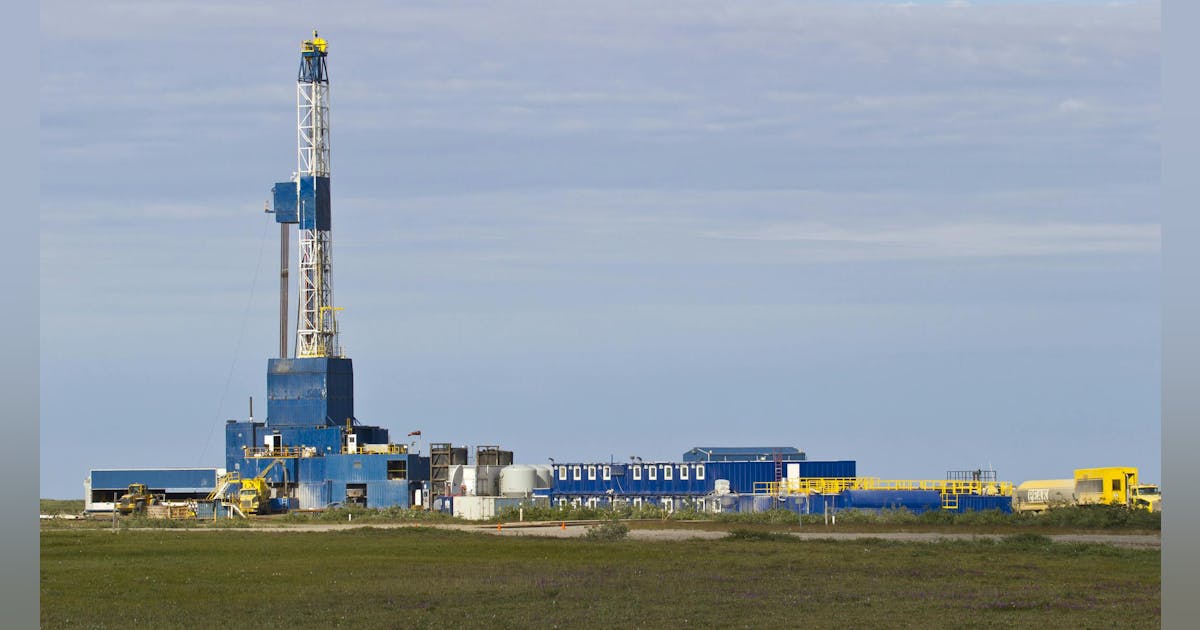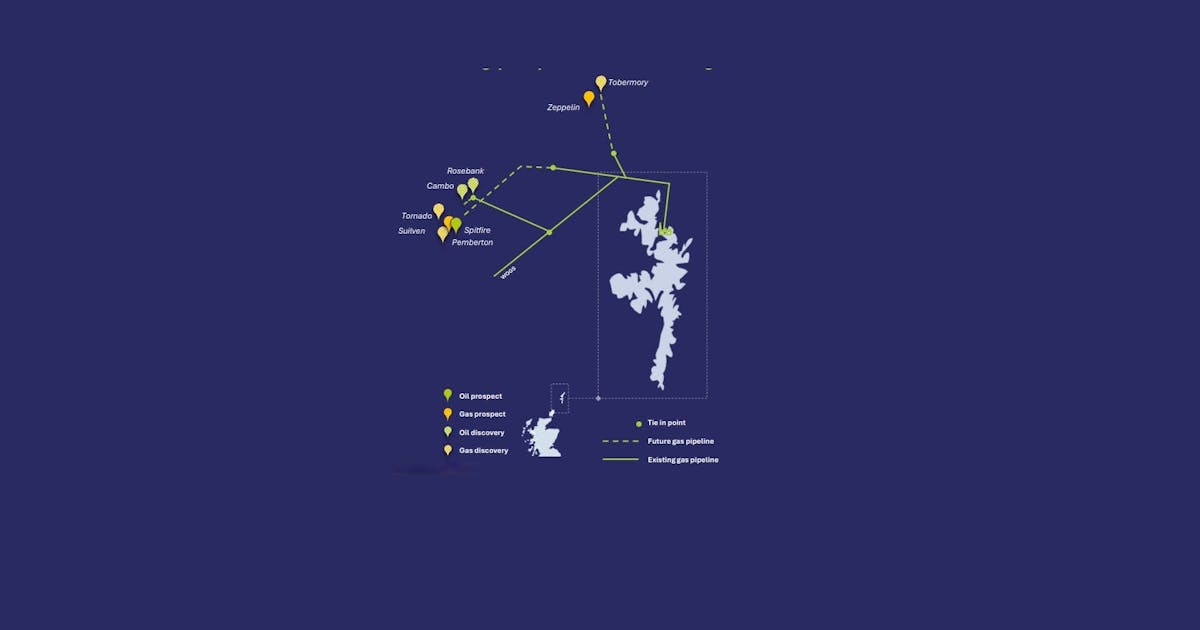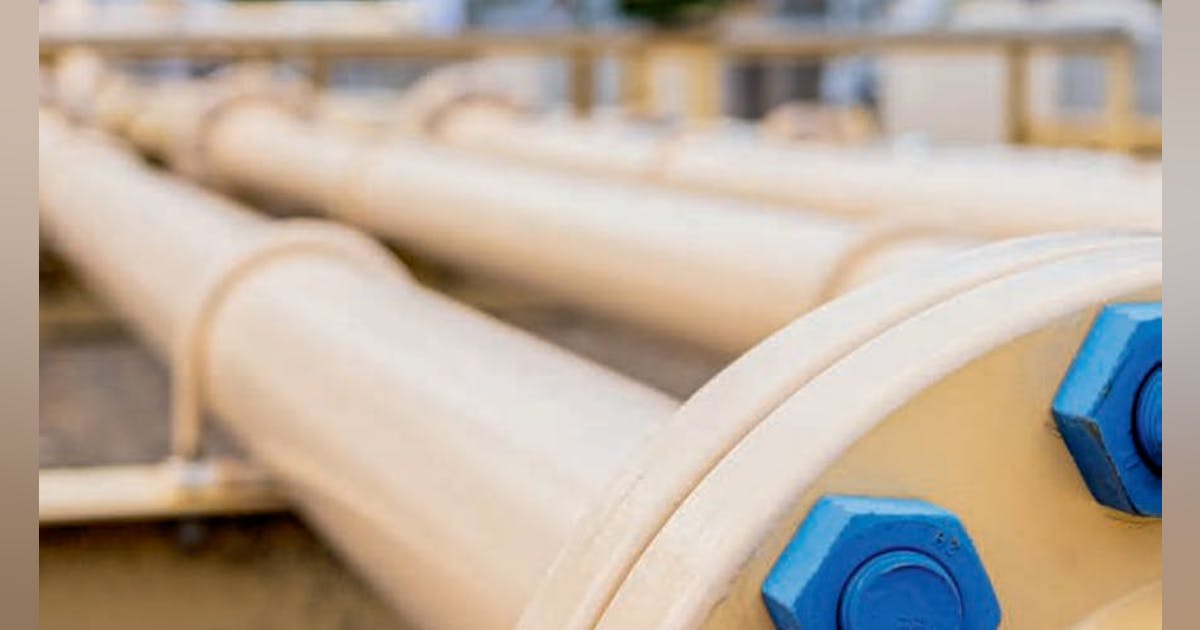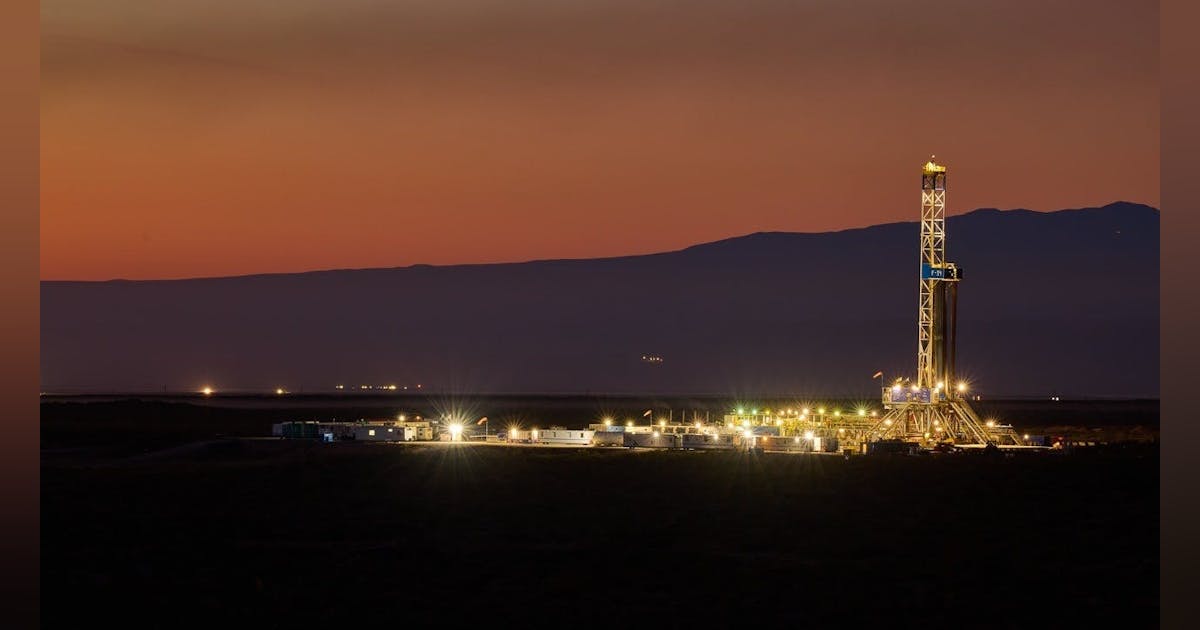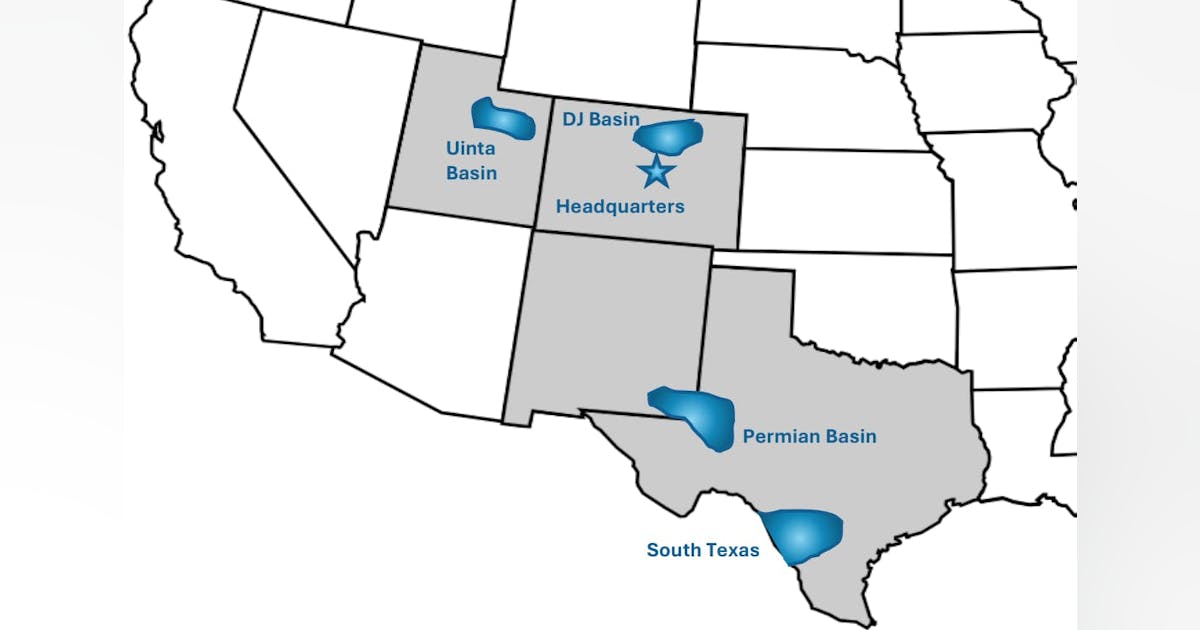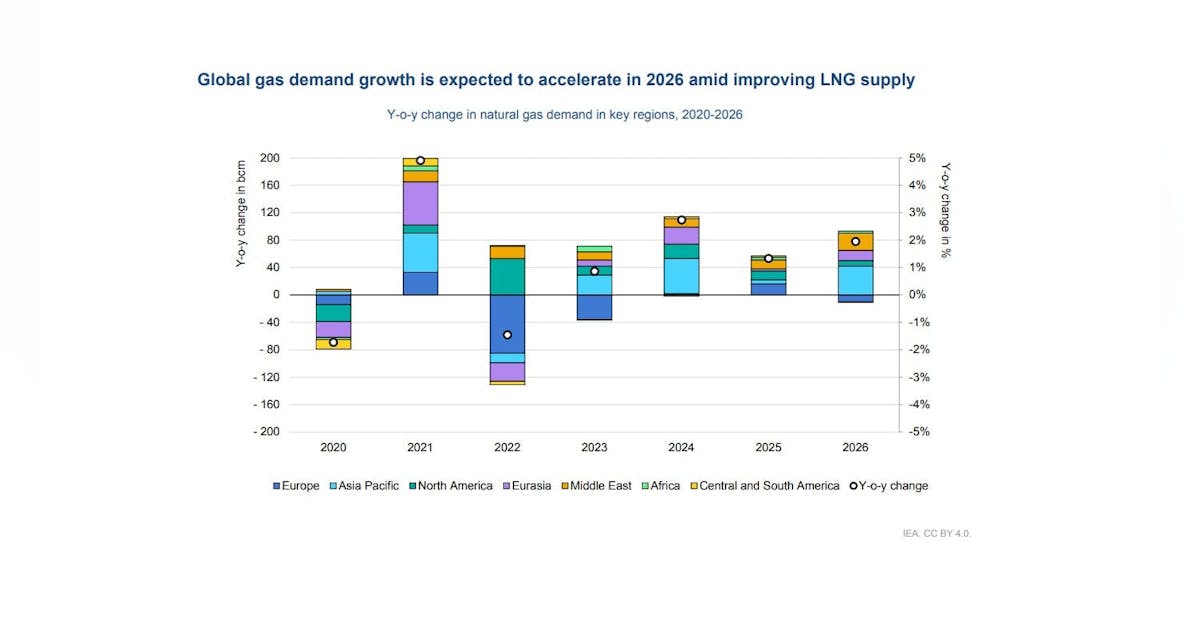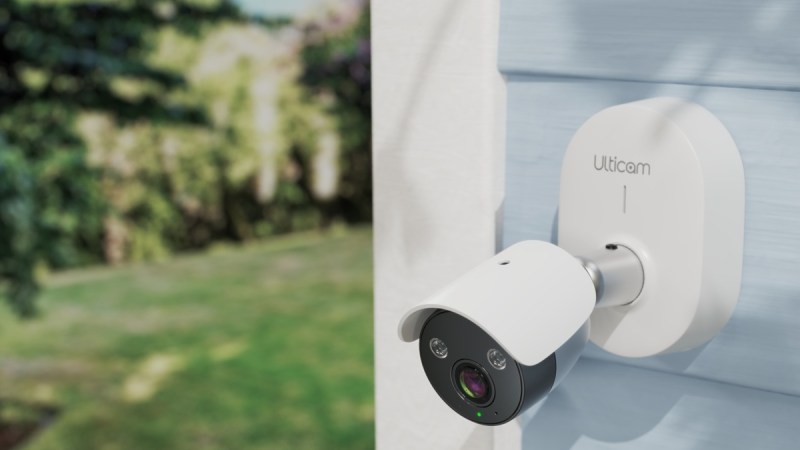In partnership withHPE The Ryder Cup is an almost-century-old tournament pitting Europe against the United States in an elite showcase of golf skill and strategy. At the 2025 event, nearly a quarter of a million spectators gathered to watch three days of fierce competition on the fairways. From a technology and logistics perspective, pulling off an event of this scale is no easy feat. The Ryder Cup’s infrastructure must accommodate the tens of thousands of network users who flood the venue (this year, at Bethpage Black in Farmingdale, New York) every day. To manage this IT complexity, Ryder Cup engaged technology partner HPE to create a central hub for its operations. The solution centered around a platform where tournament staff could access data visualization supporting operational decision-making. This dashboard, which leveraged a high-performance network and private-cloud environment, aggregated and distilled insights from diverse real-time data feeds. It was a glimpse into what AI-ready networking looks like at scale—a real-world stress test with implications for everything from event management to enterprise operations. While models and data readiness get the lion’s share of boardroom attention and media hype, networking is a critical third leg of successful AI implementation, explains Jon Green, CTO of HPE Networking. “Disconnected AI doesn’t get you very much; you need a way to get data into it and out of it for both training and inference,” he says.
As businesses move toward distributed, real-time AI applications, tomorrow’s networks will need to parse even more massive volumes of information at ever more lightning-fast speeds. What played out on the greens at Bethpage Black represents a lesson being learned across industries: Inference-ready networks are a make-or-break factor for turning AI’s promise into real-world performance. Making a network AI inference-ready More than half of organizations are still struggling to operationalize their data pipelines. In a recent HPE cross-industry survey of 1,775 IT leaders, 45% said they could run real-time data pushes and pulls for innovation. It’s a noticeable change over last year’s numbers (just 7% reported having such capabilities in 2024), but there’s still work to be done to connect data collection with real-time decision-making.
The network may hold the key to further narrowing that gap. Part of the solution will likely come down to infrastructure design. While traditional enterprise networks are engineered to handle the predictable flow of business applications—email, browsers, file sharing, etc.—they’re not designed to field the dynamic, high-volume data movement required by AI workloads. Inferencing in particular depends on shuttling vast datasets between multiple GPUs with supercomputer-like precision. “There’s an ability to play fast and loose with a standard, off-the-shelf enterprise network,” says Green. “Few will notice if an email platform is half a second slower than it might’ve been. But with AI transaction processing, the entire job is gated by the last calculation taking place. So it becomes really noticeable if you’ve got any loss or congestion.” Networks built for AI, therefore, must operate with a different set of performance characteristics, including ultra-low latency, lossless throughput, specialized equipment, and adaptability at scale. One of these differences is AI’s distributed nature, which affects the seamless flow of data. The Ryder Cup was a vivid demonstration of this new class of networking in action. During the event, a Connected Intelligence Center was put in place to ingest data from ticket scans, weather reports, GPS-tracked golf carts, concession and merchandise sales, spectator and consumer queues, and network performance. Additionally, 67 AI-enabled cameras were positioned throughout the course. Inputs were analyzed through an operational intelligence dashboard and provided staff with an instantaneous view of activity across the grounds. “The tournament is really complex from a networking perspective, because you have many big open areas that aren’t uniformly packed with people,” explains Green. “People tend to follow the action. So in certain areas, it’s really dense with lots of people and devices, while other areas are completely empty.” To handle that variability, engineers built out a two-tiered architecture. Across the sprawling venue, more than 650 WiFi 6E access points, 170 network switches, and 25 user experience sensors worked together to maintain continuous connectivity and feed a private cloud AI cluster for live analytics. The front-end layer connected cameras, sensors, and access points to capture live video and movement data, while a back-end layer—located within a temporary on-site data center—linked GPUs and servers in a high-speed, low-latency configuration that effectively served as the system’s brain. Together, the setup enabled both rapid on-the-ground responses and data collection that could inform future operational planning. “AI models also were available to the team which could process video of the shots taken and help determine, from the footage, which ones were the most interesting,” says Green. Physical AI and the return of on-prem intelligence If time is of the essence for event management, it’s even more critical in contexts where safety is on the line—for instance a self-driving car making a split-second decision to accelerate or brake. In planning for the rise of physical AI, where applications move off screens and onto factory floors and city streets, a growing number of enterprises are rethinking their architectures. Instead of sending the data to centralized clouds for inference, some are deploying edge-based AI clusters that process information closer to where it is generated. Data-intensive training may still occur in the cloud, but inferencing happens on-site.
This hybrid approach is fueling a wave of operational repatriation, as workloads once relegated to the cloud return to on-premises infrastructure for enhanced speed, security, sovereignty, and cost reasons. “We’ve had an out-migration of IT into the cloud in recent years, but physical AI is one of the use cases that we believe will bring a lot of that back on-prem,” predicts Green, giving the example of an AI-infused factory floor, where a round-trip of sensor data to the cloud would be too slow to safely control automated machinery. “By the time processing happens in the cloud, the machine has already moved,” he explains. There’s data to back up Green’s projection: research from Enterprise Research Group shows that 84% of respondents are reevaluating application deployment strategies due to the growth of AI. Market forecasts also reflect this shift. According to IDC, the AI market for infrastructure is expected to reach $758 billion by 2029. AI for networking and the future of self-driving infrastructure The relationship between networking and AI is circular: Modern networks make AI at scale possible, but AI is also helping make networks smarter and more capable. “Networks are some of the most data-rich systems in any organization,” says Green. “That makes them a perfect use case for AI. We can analyze millions of configuration states across thousands of customer environments and learn what actually improves performance or stability.” At HPE for example, which has one of the largest network telemetry repositories in the world, AI models analyze anonymized data collected from billions of connected devices to identify trends and refine behavior over time. The platform processes more than a trillion telemetry points each day, which means it can continuously learn from real-world conditions. The concept broadly known as AIOps (or AI-driven IT operations) is changing how enterprise networks are managed across industries. Today, AI surfaces insights as recommendations that administrators can choose to apply with a single click. Tomorrow, those same systems might automatically test and deploy low-risk changes themselves. That long-term vision, Green notes, is referred to as a “self-driving network”—one that handles the repetitive, error-prone tasks that have historically plagued IT teams. “AI isn’t coming for the network engineer’s job, but it will eliminate the tedious stuff that slows them down,” he says. “You’ll be able to say, ‘Please go configure 130 switches to solve this issue,’ and the system will handle it. When a port gets stuck or someone plugs a connector in the wrong direction, AI can detect it—and in many cases, fix it automatically.” Digital initiatives now depend on how effectively information moves. Whether coordinating a live event or streamlining a supply chain, the performance of the network increasingly defines the performance of the business. Building that foundation today will separate those who pilot from those who scale AI.
For more, register to watch MIT Technology Review’s EmTech AI Salon, featuring HPE. This content was produced by Insights, the custom content arm of MIT Technology Review. It was not written by MIT Technology Review’s editorial staff. It was researched, designed, and written by human writers, editors, analysts, and illustrators. This includes the writing of surveys and collection of data for surveys. AI tools that may have been used were limited to secondary production processes that passed thorough human review.
